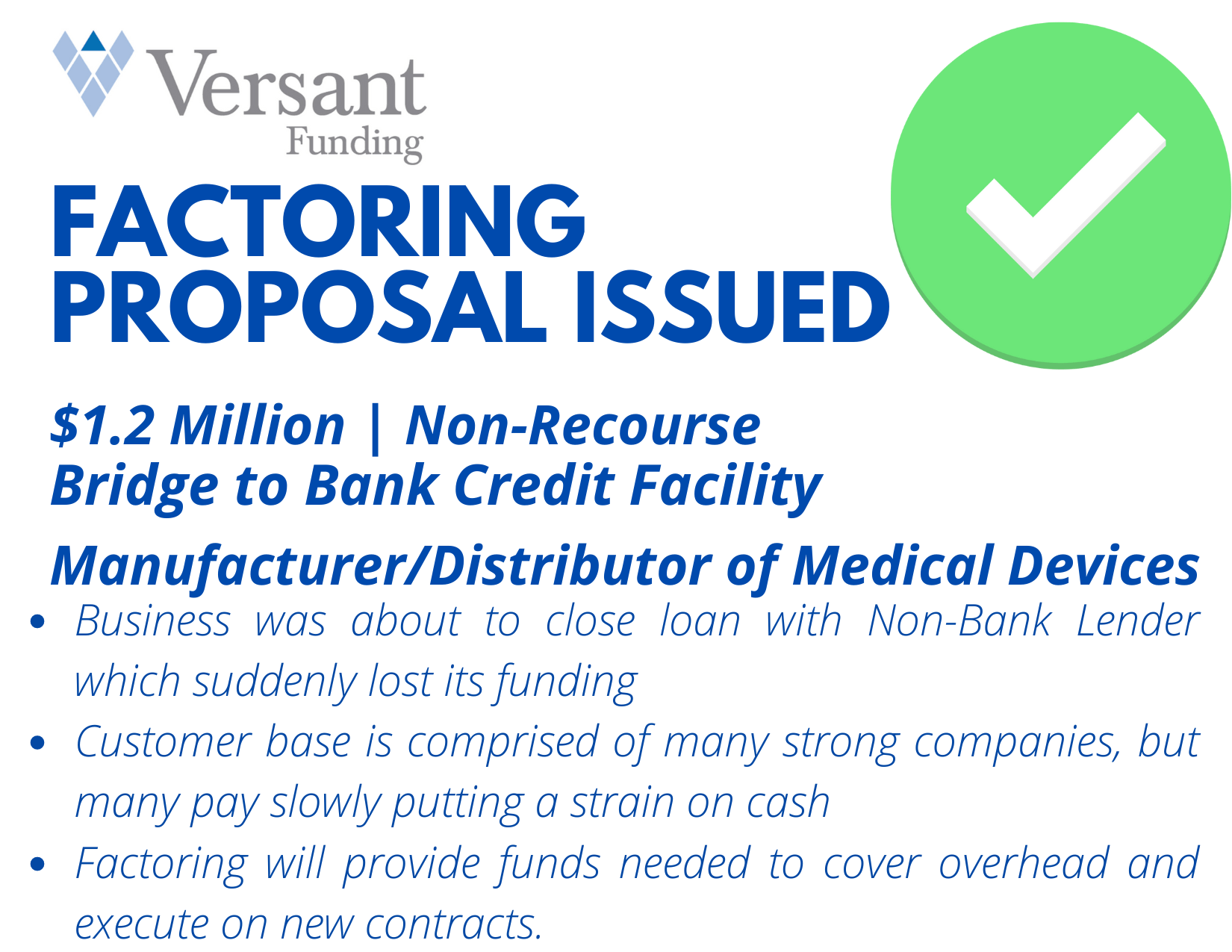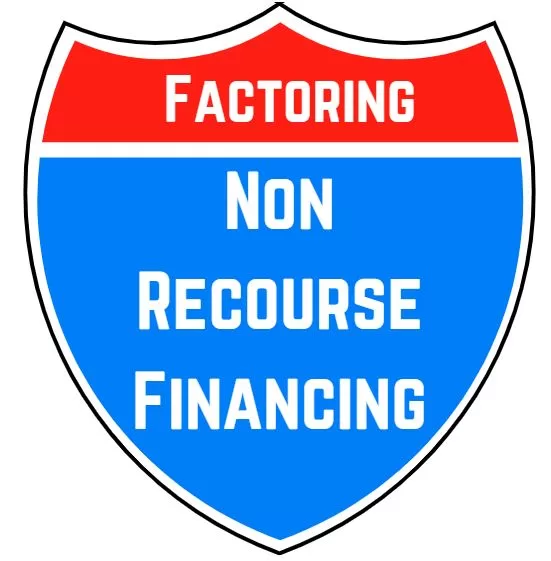For several years, economic analysts and commentators have been sounding alarms about an impending recession. However, despite these warnings, the anticipated economic downturn has yet to occur. This phenomenon has puzzled experts and prompted a deeper analysis of the underlying factors that have contributed to the economy’s resilience. Several key reasons can be identified for the failure of the long-predicted recession to materialize.

1. Strong Consumer Spending
One of the most significant drivers of economic growth is consumer spending. Over the past few years, consumer confidence has remained robust, bolstered by low unemployment rates, rising wages, and substantial savings accumulated during the pandemic. Even amid inflationary pressures, consumers have continued to spend, fueling demand for goods and services and keeping the economy buoyant.
2. Labor Market Resilience
The labor market has shown remarkable strength, with unemployment rates at historic lows and job creation consistently outpacing expectations. This tight labor market has led to wage growth, which, in turn, has supported consumer spending. Furthermore, many sectors have adapted to new ways of working, such as remote and hybrid models, which have enhanced productivity and efficiency.
3. Government Fiscal Policies
Government intervention through fiscal policies has played a crucial role in stabilizing the economy. Stimulus packages, unemployment benefits, and other support measures implemented during the pandemic have provided a safety net for businesses and individuals. Additionally, infrastructure investments and other government spending initiatives have spurred economic activity and job creation.
4. Monetary Policy Adaptability
Central banks, particularly the Federal Reserve in the United States, have demonstrated adaptability in their monetary policies. By carefully managing interest rates and employing quantitative easing measures, central banks have maintained liquidity in the financial system and kept borrowing costs low. This has encouraged investment and spending, preventing the economy from sliding into recession.
5. Corporate Adaptation and Innovation
Businesses have shown remarkable adaptability and innovation in response to changing economic conditions. The pandemic accelerated digital transformation across industries, leading to increased efficiency and the creation of new business models. Companies that embraced technology and adapted their operations have not only survived but thrived, contributing to overall economic stability.
6. Global Economic Dynamics
The global economy has also played a role in mitigating recession risks. Strong economic performance in major economies, such as China and the European Union, has provided a boost to global trade and investment. Moreover, global supply chain disruptions, while challenging, have led to increased domestic production and sourcing, fostering economic resilience.
7. Stock Market Performance
Despite periodic volatility, stock markets have generally performed well, reflecting investor confidence in the economy. High valuations in equity markets have supported consumer and business wealth, further reinforcing economic stability. Additionally, the availability of capital through financial markets has enabled companies to invest in growth and innovation.
8. Sectoral Shifts and Diversification
The economy has witnessed significant sectoral shifts and diversification, with growth in areas such as technology, healthcare, and renewable energy offsetting weaknesses in traditional industries. This diversification has reduced the overall economic vulnerability to sector-specific downturns, contributing to sustained growth.
Conclusion
The anticipated recession has failed to materialize due to a combination of strong consumer spending, a resilient labor market, effective government policies, adaptable monetary strategies, corporate innovation, supportive global economic dynamics, robust stock market performance, and sectoral diversification. While the future remains uncertain and potential risks persist, these factors have collectively supported the economy and prevented the long-predicted downturn. As the economic landscape continues to evolve, ongoing vigilance and adaptability will be essential to maintaining stability and growth.









